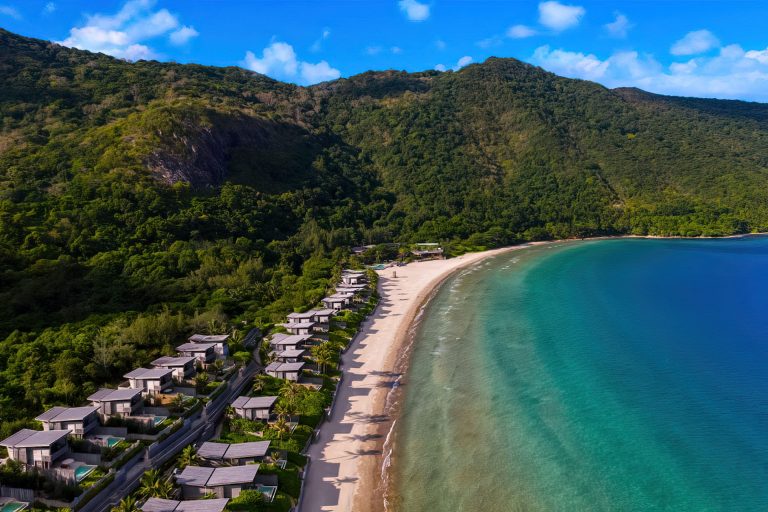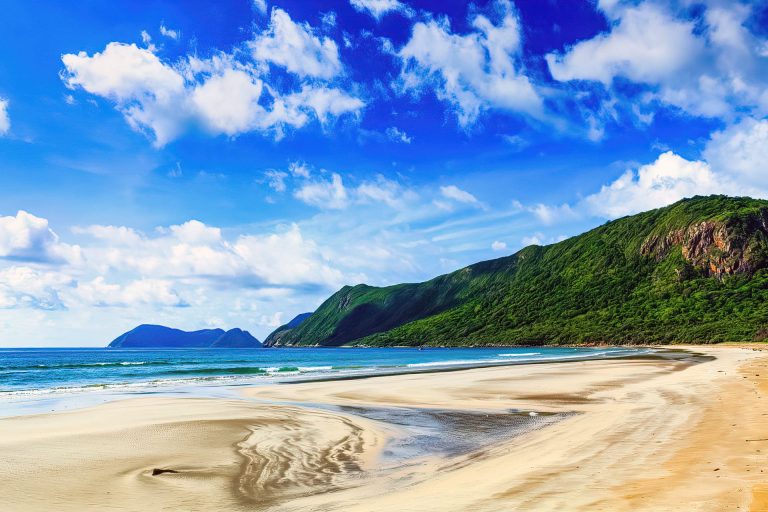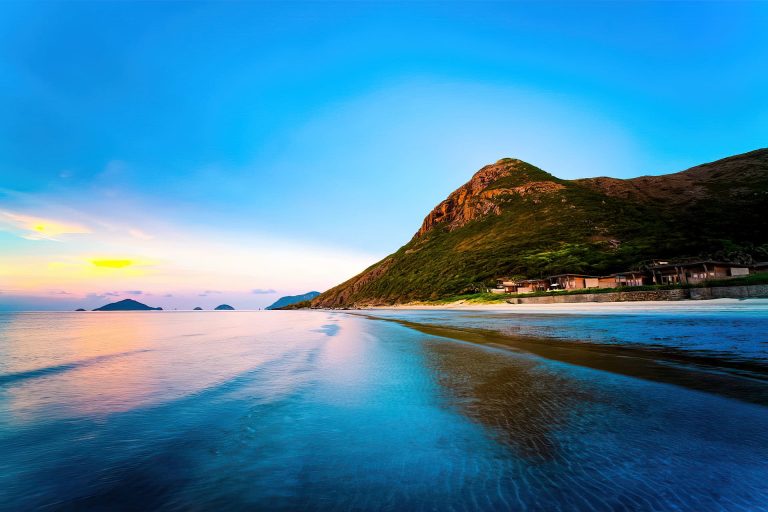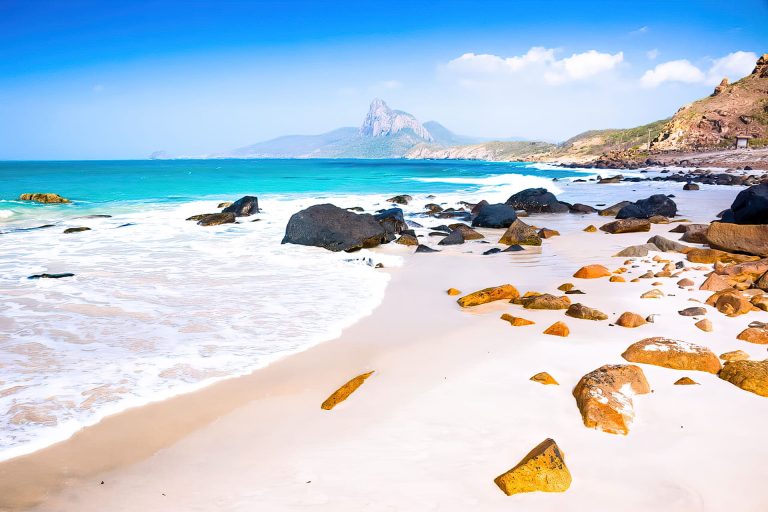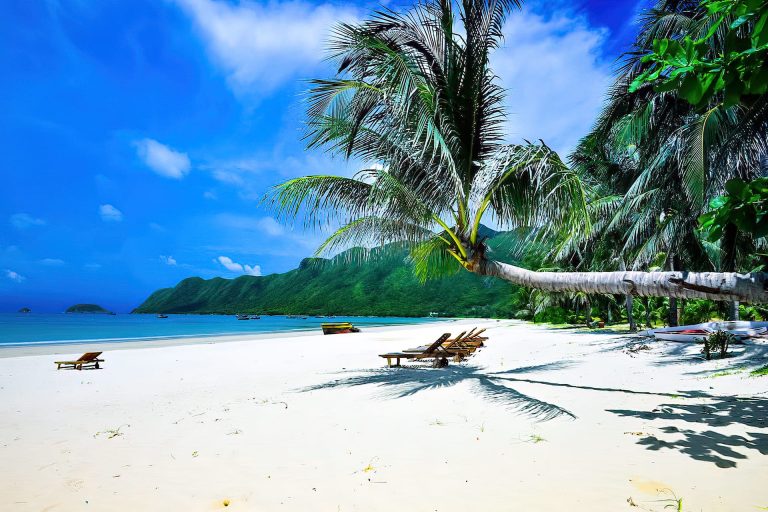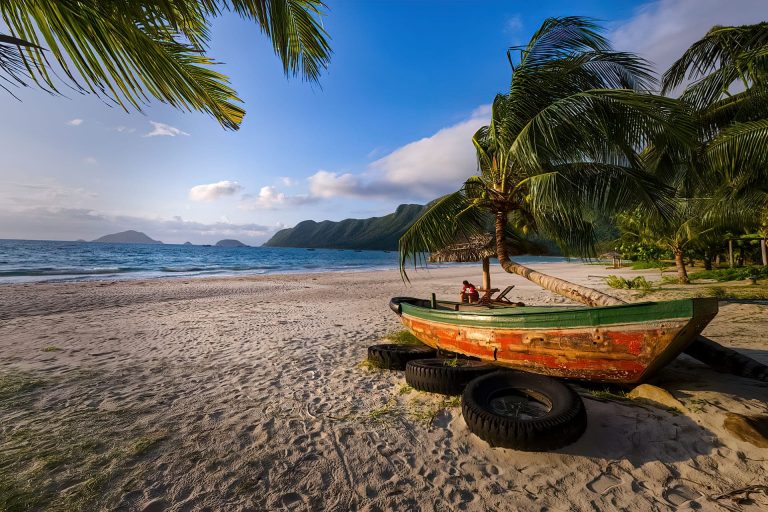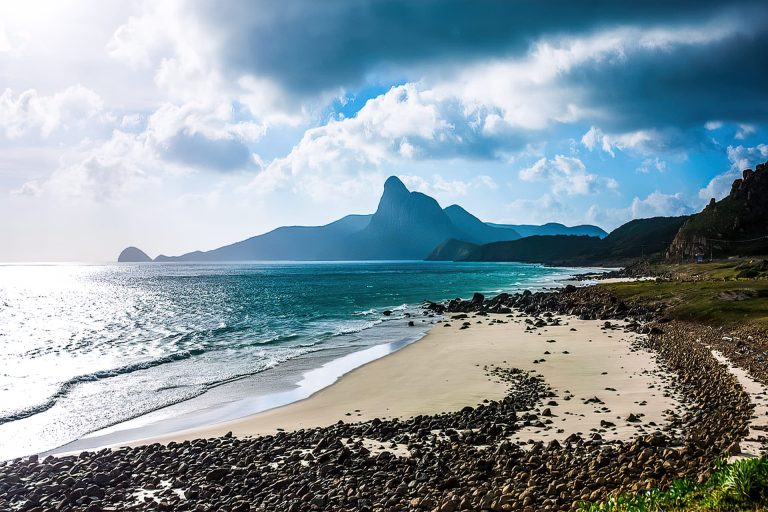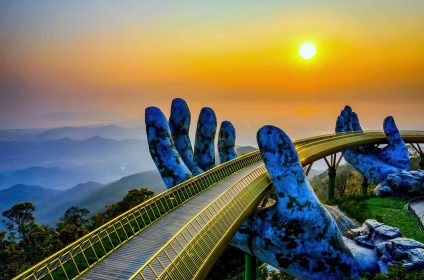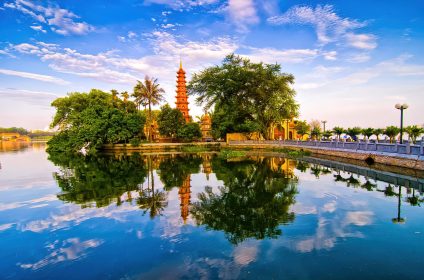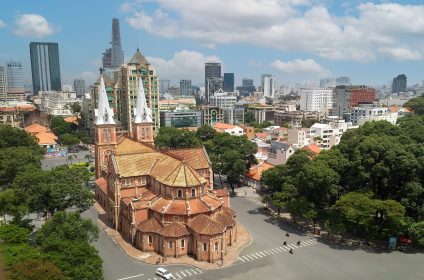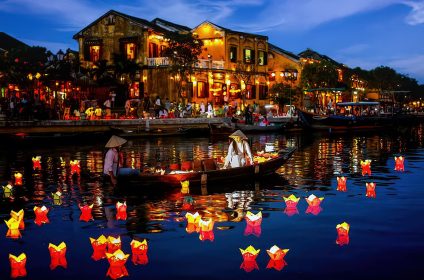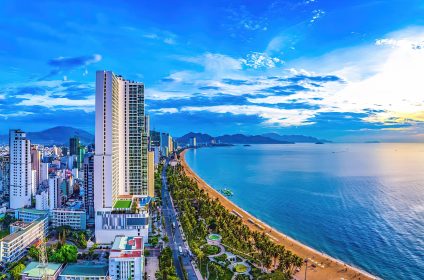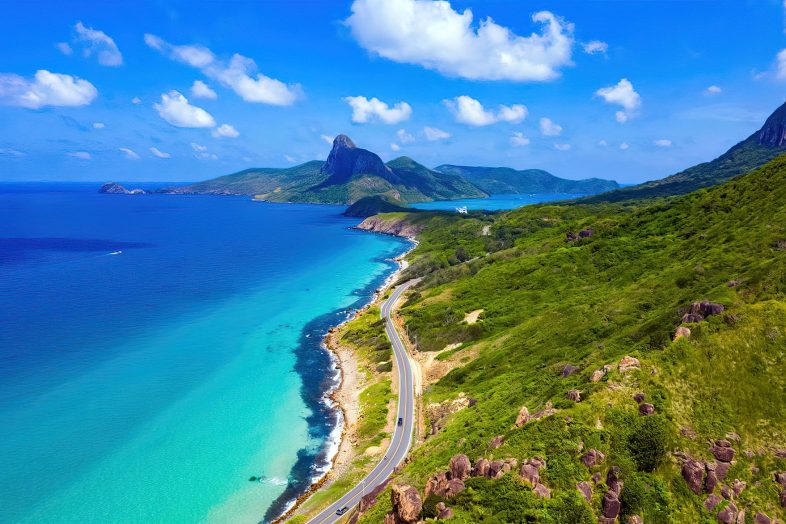
Attractions & Things To See In Con Dao
An unspoiled beach is one of the things Con Dao Island in Vietnam has increasingly become famous for. The amazing scenery of the island will captivate tourists with its beautiful beaches, excellent coves dotted here and there, corals with a portion covered by dense forests. Con Dao Island, which is the largest among sixteen islands in the archipelago, stretches along two hundred kilometers of coastline with clear waters and beautiful white sand beaches. From up there it looks like a strong sea bear hunting against a backdrop of amazingly blue ocean.
The dugong is one of several rare species that can be seen from places such as this in Vietnam where few are left today. This place sets an example to other countries on how they should behave when it comes to managing their natural resources. Eighty percent of all lands on this archipelago are National Parks; hence primary jungles teeming with different species like indigenous black squirrels and crab-eating macaques abound.
Côn Đảo Prisons
In 1973, when there were a total of seven camps and a handful of outlying buildings, the prisons were at their largest. The public is often allowed access to Camps 1, 3, 4, and 6. You must begin at Camp 3 in the city because this is where tickets are bought; the cost is the same as that of other free museums in Vietnam. The entrance to Camp 3 is prominently located in the middle of Con Son Town. Coming from V Th Sau, turn at the t-intersection close to the Vietnamese Bank. You can visit the remaining camps in any order after visiting Camp 3.
Camp 3 was built during the French colonial era, and this is evident in the design. A chapel in the middle of the prison, an outdoor auditorium, a kitchen and dining hall, a mill where hard labor was done, huge group cells, and isolation cells are all included in this facility. Here, one can read about the social interactions of inmates as well as a few well-known prisoners that were housed in that area.
Camps 1, 4, and 5 – The French tiger cages are the name given to Camps 1, 4, and 5 on signs, and they are all entered through the same door. To the east of the museum, you may find the French tiger cages. An exhibition that describes various features of the tiger cages is located in a small building to the right of the drive leading to the parking area and entrance (camp 4). The tiger cages are housed in two buildings, the first of which has been restored with mannequins and dioramas, and the second of which the Saigon regime ordered destroyed after it was revealed that they existed in the July 17, 1970 issue of Life Magazine (which is a recommended read before visiting and is freely available on Google Books). These cells may seem strikingly similar to some of the ones from the movie Papillon. Although they are not as well-kept, adjacent camp enclosures can be explored. If you do so, wear long pants and closed-toe shoes to protect your skin from the red ants and birdox-like grass pricklies. The location of V. Th. Sáu’s execution remains unmarked; it is on the grassy area in the northeastern corner of Camp 1.
Camp 6 – The American tiger cages are another name for Camp 6. These chambers, which were constructed in 1973 by an American company after the Saigon regime was compelled to destroy and stop using them, were intended to serve the same purpose as the French tiger cages. From the French tiger cages, take the same route east, away from town, and turn left at the first intersection. The parking space is on the left, next to an inaccessible prison camp. The sixteen buildings that make up the American tiger cages are split into parts by concrete walls. Most of the individual cells can be opened and examined, albeit being less well-maintained. Many of them contain writing on the walls that appears to be what former inmates left behind. Bats now live there.
Outlying prison buildings – Prison ruins can be seen on the town’s outskirts in all directions. A few prison buildings are also present. S. L. Vôi is a lime kiln and prison located on the east side of the town, on the corner of Nguyen Ch Thanh and Nguyen Văn C, on the route to the airport. Prisoners were compelled to work there.
On Võ Thị Sáu, immediately after the intersection with Nguyễ Văn Linh, are the Cow Pens and Pig Sty. The jails are named because their similarity to cow pens and pig sties, and the cow pens are on the right and the pig sty is to the left.
Sở Muối is situated at a crossroads next to the entrance of a Buddhist temple on the seaside route leading to Ben Dam. The plain ruin sites were formerly spacious cells.
Sở Rẫy was once a plantation where inmates were forced to perform manual work. Only reachable via trail; for directions, consult the “recommended treks” section of the Côno National Park website.
Côn Đảo National Park
It is important to stop at the ticket counter first before exploring the park’s trails. Follow Võ Thị Sáu St. out of town; it turns and finally forks to bring you to the ticket office. You will soon come across a little building where you may get a day ticket for 60,000 dong by following the fork up the hill (as of Feb 2018). The office is across the street from the remains of the Ma Thien Lanh Bridge, which many inmates perished constructing and is marked by a memorial.
- Con Dao is comprised of about 16 islands and is a part of a national park. The majority of the islands are rocky, and most of the natural forest cover, along with its vegetation and fauna, is still there. The dugong, often known as the sea cow, is the most well-known native mammal, despite its rarity. This area is home to several kinds of rare squirrels and apes, and Bay Canh Island, which is close to Con Dao Island, has a significant turtle breeding program.
- The islands have a very laid-back, colonial vibe to them and have really excellent beaches, great swimming, and snorkeling options (although, snorkeling on the main island is normally only good in one region accessible from May-Oct). Con Dao is a pleasant diversion from the congested city.
- Bookings for hikes through the national park office are accepted. Some walks necessitate a guide. Having a local guide is helpful because some of the paths are not clearly marked. The majority of the rangers only speak Vietnamese, although there is helpful information available on the island for self-guided walks.


